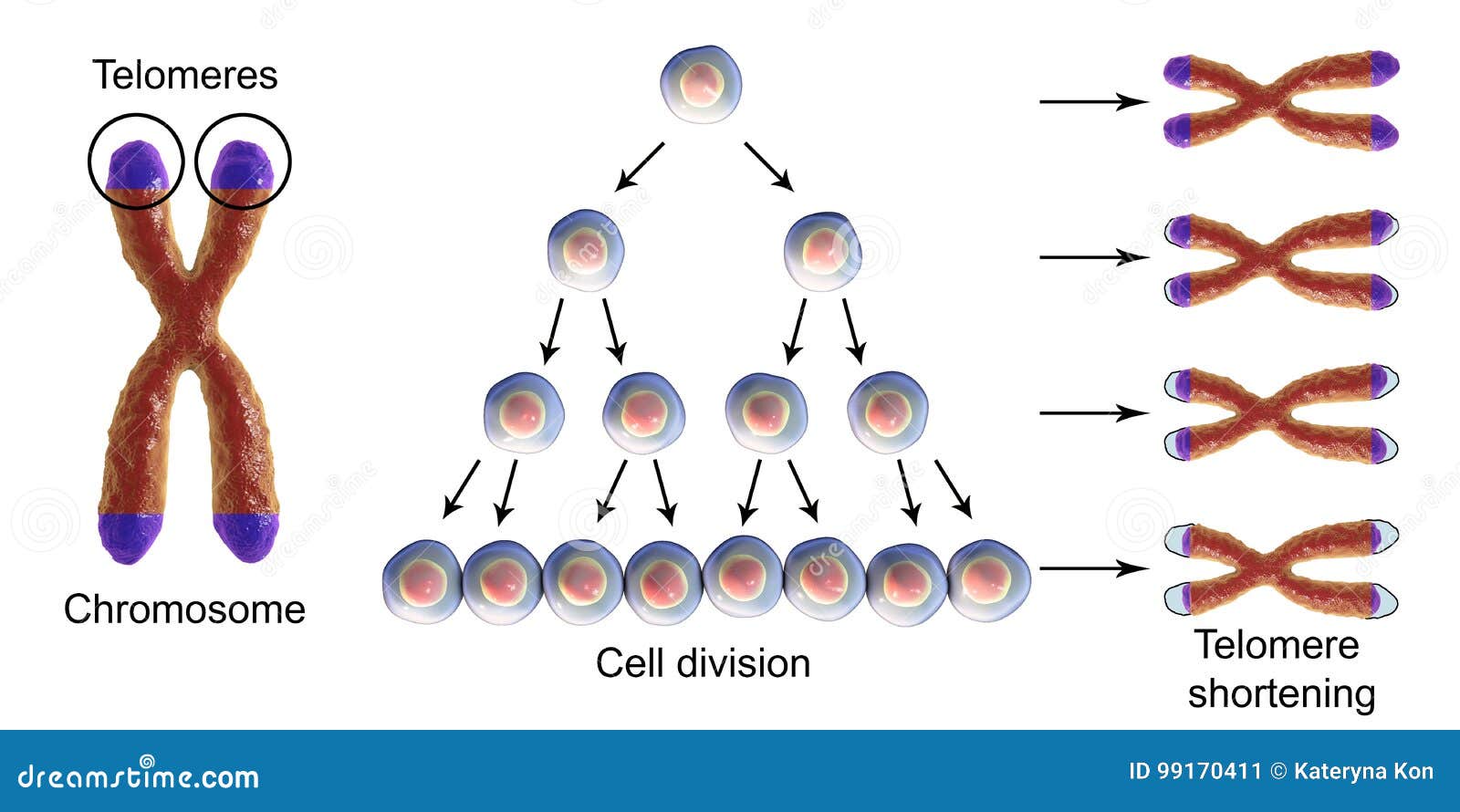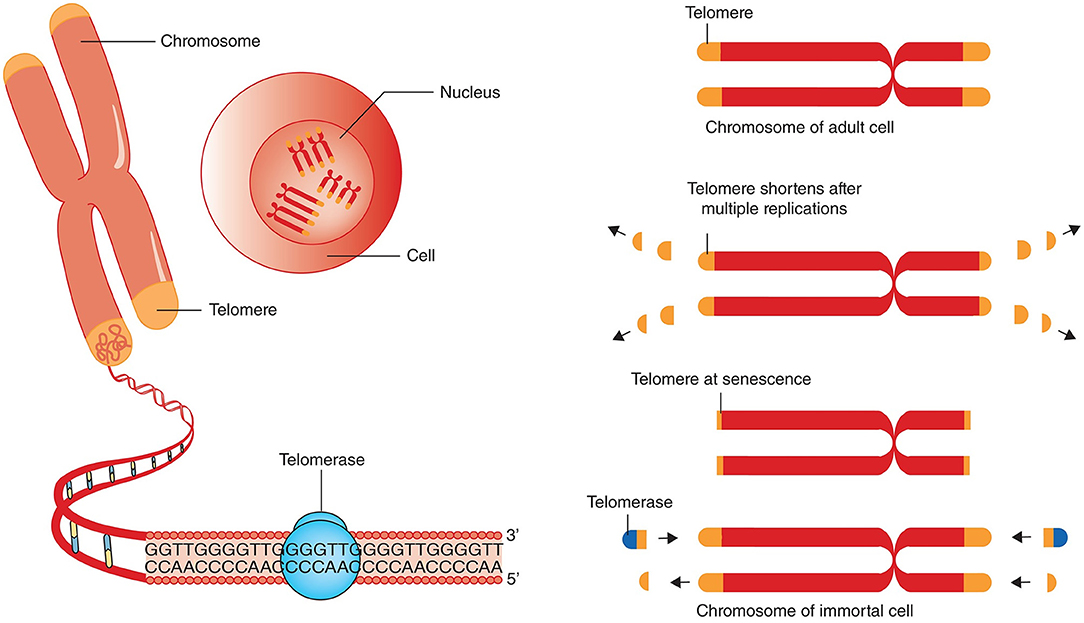How can telomere shortening affect cellular aging LifeExtensionGov Biology Diagrams
BlogHow can telomere shortening affect cellular aging LifeExtensionGov Biology Diagrams Telomere dysfunction during ageing. As replicative cellular senescence is caused by telomere shortening below a critical length 1, the effect of telomere shortening on organismal ageing in animal Telomere shortening is most pronounced during bone marrow resection, as it has been observed that there is an inverse correlation between the number of transplanted mononuclear cells and the degree of telomere shortening. A bone marrow transplant results in a telomere shortening equivalent to a period of 15 years of life . Telomere shortening leads to senescence, fibrosis, inflammation and stem cell depletion in the presence of a functional p53 checkpoint. These processes lead to aging and other degenerative and inflammatory diseases. Telomerase activators and senolytics can inhibit these processes and inhibit aging and age related diseases.

Telomere shortening can act as a tumor suppressor. However, as a downside, there is growing evidence indicating that telomere shortening also limits stem cell function, regeneration, and organ maintenance during ageing. Moreover, telomere shortening during ageing and disease is associated with increasing cancer risk.

Telomere shortening and ageing Biology Diagrams
Telomerase, the enzyme that reduces telomere shortening in certain cells, is reactivated or increased in more than 90 percent of cancers, found a 2016 study. Remember, this enzyme isn't found in Aging is a biological process characterized by a progressive functional decline in tissues and organs, which eventually leads to mortality. Telomeres, the repetitive DNA repeat sequences at the end of linear eukaryotic chromosomes protecting chromosome ends from degradation and illegitimate recombination, play a crucial role in cell fate and aging. Telomere shortening occurs with cell division and limits replicative capacity of cells, also known as replicative senescence. Senescent cells accumulate with age and in age-related diseases, and are associated with loss of tissue function with aging.

Persistent low-grade inflammation, common in aging and autoimmune conditions, accelerates telomere shortening by increasing cell turnover and exposure to damaging byproducts. The concept of "inflammaging," describing the chronic pro-inflammatory state associated with aging, explains how sustained immune activation depletes telomeres. Eventually, telomeres become so stubby that they no longer provide protection, and cells lose the ability to function. But dwarf lemurs have a way of keeping their telomeres from shortening and even making them longer, effectively rejuvenating their cells, at least for a while, according to a study published in the journal Biology Letters.